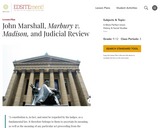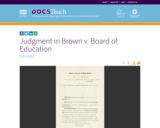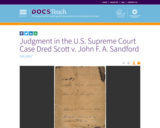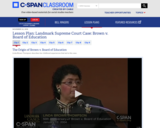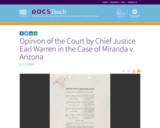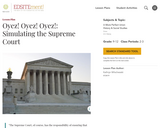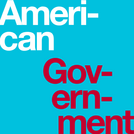
American Government is designed to meet the scope and sequence requirements of the single-semester American government course. This title includes innovative features designed to enhance student learning, including Insider Perspective features and a Get Connected Module that shows students how they can get engaged in the political process. The book provides an important opportunity for students to learn the core concepts of American government and understand how those concepts apply to their lives and the world around them. American Government includes updated information on the 2016 presidential election.Senior Contributing AuthorsGlen Krutz (Content Lead), University of OklahomaSylvie Waskiewicz, PhD (Lead Editor)
- Subject:
- Political Science
- Social Science
- Material Type:
- Full Course
- Provider:
- Rice University
- Provider Set:
- OpenStax College
- Date Added:
- 01/06/2016


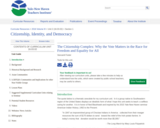
![HS American Gov. EBAS Lesson Seed: Landmark Decision and Historical lmpact of the Court on American Government [The Equal Protection Clause of the 14th amendment]](https://img.oercommons.org/160x134/oercommons/media/courseware/lesson/image/constitution_gLi4Ese.JPG)
